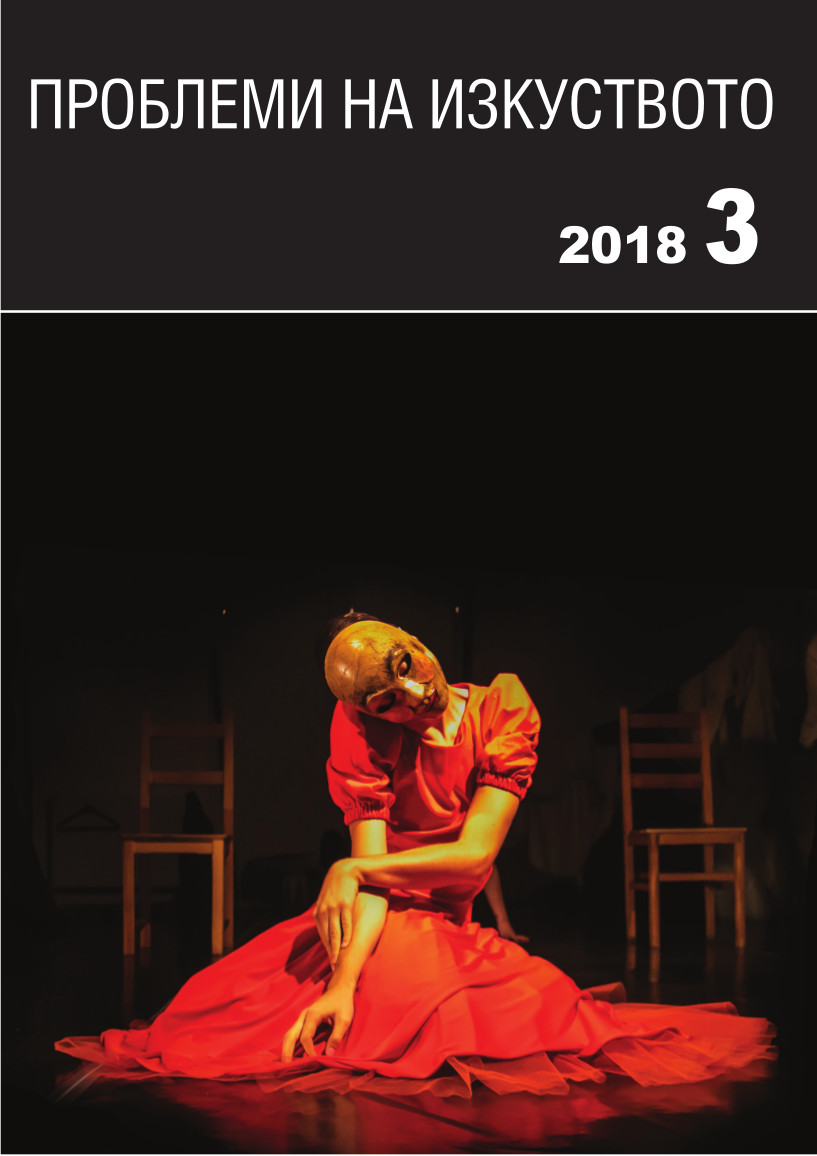Режисьорският обрат. Началото
The directorial turn. The beginnings
Author(s): Kamelia NikolovaSubject(s): History, Theatre, Dance, Performing Arts, Fine Arts / Performing Arts, 19th Century
Published by: Институт за изследване на изкуствата, Българска академия на науките
Summary/Abstract: The study deals with the directorial turn in European theatre, which began with the advent of stage director in the late nineteenth century and achieved its culmination and eventuation with the establishing of the figure of stage director as the sole creator of a performance from the mid-1950s until the late 1960s, followed by undermining of and transformations in the stage director’s status over the decades that came. After clarifying the basic theoretical problem under consideration, the article traces the initial period of the directorial turn: the period of the advent, shaping and the establishing of the figure of stage director in European theatre from the 1870s until the end of the nineteenth century.Recently, in theoreticising over theatre such terms as performative turn and digital turn established themselves. The former was introduced to describe the ever-widening orientation that begun in the 1950s and 1960s of theatre practice towards pure eventivity of the performance, towards the spontaneity and authenticity of various performative forms, defined at their emergence as happenings, actions and events, to be later incorporated in the term performances. The latter underscores the changes in the language of theatre and in the overall theatrical situation, called for by the advent of new technologies and the created by these technologies new socio-cultural conditions of the contemporary digital era. From such a perspective, the advent of stage director in the late nineteenth century ought to be defined as the first basic turn in theatre’s new history, which should be referred to as a directorial turn. Studying the 150 years of stage director’s development since director’s advent up until now, two major long stages may be distinguished: director’s theatre or director’s ‘golden age’ (from the 1870s up until the 1960s), which we have referred to as the stage of director’s turn, and the next stage, characterised by deconstructions and new transformations in the figure of director in the post-modern period and contemporary digital era (since the late 1960s until now). These two major stages should be divided into several periods, running at times as radical (internal) turns as compared to the previous one, and sometimes, seamlessly segueing into the next. The paper deals with the shaping of the figure of stage director during the first of the said periods (the last quarter of the nineteenth century), which has taken place in the theatrical experiments and activities of several persons: Herzog Georg II von Sachsen-Meiningen (1826– 1914), André Antoine (1858–1943), Otto Brahm, (1856–1912), Paul Fort (1872–1960), Aurélien-Marie Lugné-Poë (1869–1940), Constantin Stanislavsky (1863–1938) and Edward Gordon Craig (1872–1966). These figures were also the earliest directors of European theatre, who shaped the first stage director’s generation in it.
Journal: Проблеми на изкуството
- Issue Year: 2018
- Issue No: 3
- Page Range: 6-16
- Page Count: 11
- Language: English, Bulgarian
- Content File-PDF

